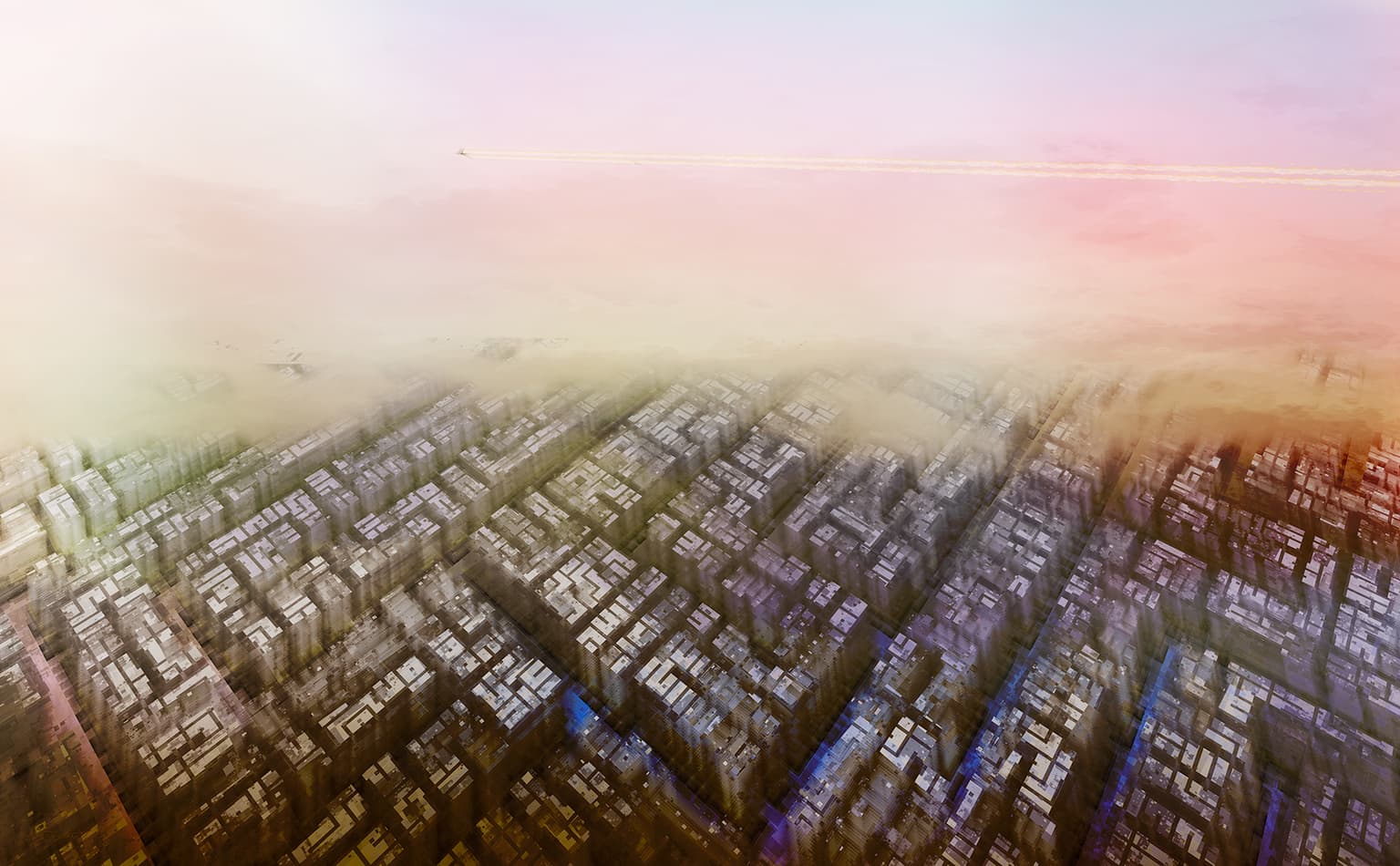2013 Joint Mathematics Meetings
Etienne Saint-Amant
Artists
Etienne Saint-Amant
Artist and Scientist
Chaoscopia
Sherbrooke, Québec, Canada
Statement
For me, chaos is the total causality of deterministic events. It is important to not only see the instability and disorder of chaos but to see its real power as a fundamental, creative and evolutionary force. My artistic vision is strongly influenced by this view. I use paradoxes and juxtapositions to sensitize the viewer to a certain event or a certain idea. Throughout my work, attention to composition on different scales invites us to first casually glance at, and then more minutely scrutinize details that are revealed gradually as we come closer to the work. I wish to submerge viewers into a dense and rich work, creating a strong atmosphere. Being Master of Sciences, I am profoundly interested in mathematics. I create my style, techniques and tools guided by scientific principles all throughout the process. It’s with these tools and this knowledge that mathematics spring to life and become matters and pigments.
Artworks

The Key
18 x 36 in
Pigmented inks on professional paper, museum-grade non-glare acrylic and Dibond aluminium
2012

WABE: Broken Perspective
22 x 36 in
Pigmented inks on professional paper, museum-grade non-glare acrylic and Dibond aluminium
2012